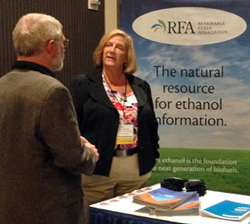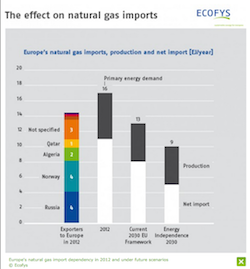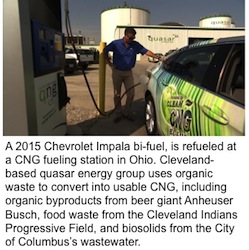Consumers interested in electric vehicles (EVs) now have a way to do their research. A new ‘pick-a-plug‘ web tool has been released by the Sierra Club. The app asks the user a few questions about driving habits and vehicle needs, and then generates a list of  EVs that fit the bill. Sierra Club said there is no overall best EV – the best EV for any given driver depends on how many miles a day the person drives, whether the person takes frequent long trips, whether there is a place to plug in the car, and how much money the person is prepared to spend.
EVs that fit the bill. Sierra Club said there is no overall best EV – the best EV for any given driver depends on how many miles a day the person drives, whether the person takes frequent long trips, whether there is a place to plug in the car, and how much money the person is prepared to spend.
“There are a lot of compelling reasons why more than a quarter million Americans have already bought EVs since they first came on the mass market a few years ago,” said Gina Coplon-Newfield, director of the Sierra Club’s Future Fleet & Electric Vehicles Initiative. “They are cool high-tech wonders, there is little or no need to ever visit a gas station, they are much cheaper to fuel -the equivalent of about $1 a gallon, and they are much better for the environment -even when considering the emissions from the electricity to charge them up.”
Today there is a $2,500-7,500 federal tax credit that comes with the purchase of an EV, and many cities and states offer additional incentives, like a purchase/lease rebate, carpool lane access, and special utility rates for EV drivers. Linked to the new ‘pick-a-plug-in’ web tool is Sierra Club’s online EV Guide where all of this information is available by zip code, as well as a tool that calculates how much carbon emissions and fueling costs the EV will save compared to the average conventional car.
Currently, less than 1 percent of U.S. households have an EV, but according to a poll conducted last year by the Consumers Union and the Union of Concerned Scientists, nearly half of American households could purchase an EV for their next car based on driving needs and access to electrical outlets or EV charging stations.









